Crafting an Airtight Business Case for a New Supply Chain Marketing Tool
When you need the budget to add to your marketing tech stack, creating a business case is the key to getting it approved.
Our 2023 Supply Chain Marketing Report shows that new technology is the top investment priority for supply chain marketers. We have already listed a few of our favorites in this blog. Indeed, many good options abound. Yet marketers, like other departments, typically must present a business case to leadership to get budget approval before proceeding.
This can be a time-consuming and sometimes frustrating process, but it doesn’t have to be. Clearly defining your intentions upfront will help with a liftoff. This starts by identifying the opportunity gap you intend to fill. Next, you need to list the benefits of the new tool, the timeline for adoption, and the outcomes you expect to achieve.
We will explain each of these steps in more detail to assist in developing an airtight business case for your marketing tool(s) of choice.
Start with the Big Picture
No one knows the power of storytelling better than marketers. Use this to your advantage. Paint a compelling story of where you are today and where you want to be with the help of your new tool. What problem(s) will the tool solve? What does this mean for you and your team (save time, open more opportunities, etc.)?
Zoom out to see the big picture. How will this tool empower you and your team to achieve or influence top-line business goals (to provide a more customer-centric experience, increase sales, etc.)?
Being able to clearly explain the big picture will help you align your marketing goals with key business objectives to grab leadership’s attention before discussing the specifics.
Outline the Benefits
The first step of crafting a compelling business case is to outline the benefits of your new marketing tool. A sample list of benefits could be:
- Increased efficiency in processes related to marketing campaigns
- Improved data analysis capabilities that provide better insights into customer behavior
- Enhancements that make it easier for marketing teams to collaborate with internal stakeholders and external partners
- The ability to integrate multiple channels into one platform for streamlined communication and content distribution
When creating your list, consider asking a vendor for help. The vendor you are considering should have resources to draw from, such as case studies and success stories that will bolster your case.
Assessing the Cost / Benefit Ratio of Your Tool
The next step is to evaluate your chosen marketing tool’s cost/benefit ratio. This involves looking at upfront costs, such as license fees, and ongoing costs, such as maintenance fees. What does year one cost, versus year two? How long is the original commitment for? If you’re reporting to a finance leader (we send you our condolences), then you will likely need to outline a payment schedule in detail. Finance will want to understand whether you can lock in future pricing, limit cost increases, and review the exit clause before you get your legal team to review the contract (which often happens once the budget is approved and allocated).
Once you’ve completed your assessment, use the information you gathered in combination with industry research (such as market trends and competitor prices) to determine whether or not purchasing the product is a wise choice. Is it worth the precious time and resources you will spend to champion its existence? Also, be sure to consider potential hidden costs, including conversion costs from existing systems or extra training expenses required for people who will be using the product.
Establishing Use Cases for Your Tool
After crunching the numbers, it’s time to start thinking about specific use cases where this tool can bring significant value. Ask yourself a few questions: How can we use this product today? What specific tasks can we accomplish? What have other organizations done successfully? Do any changes need to be made before implementation? Answering these questions will allow you to accurately predict how the product will perform for your company in various scenarios—which is essential for crafting a solid business case.
Plan and Timeline
You’ll want to sketch out a brief plan and the timeline associated with the tool to ensure you’ve considered how the technology will work in anticipation of questions that will be asked. This plan should include:
- A list of the resources needed for implementation and ongoing maintenance. What roles will these resources play in the project? What will this commitment mean for individuals and teams?
- A timeline. How long will it take to implement the tool, and when should it ideally start and end?
Project governance and a change management plan. Who will be responsible for the success of this implementation? How will you manage change and ensure the tool is adopted and implemented to reap the full benefits?
Putting Together Your Business Case Documentation
Now comes the most important step — to put your research into a thorough yet concise document that gives stakeholders the information they need to make decisions for the purchase, implementation, and allocation of resources.
It is always best to present the business case rather than email it. This will help you to gauge buy-in from the start and encourage questions and objections to be aired openly so you can address them head-on.
Crafting an effective business case requires significant thought and effort. However, doing so can help you determine whether the tool is worth taking on and ensure that you’re doing your due diligence when expanding your tech stack and requesting more marketing budget.
Let's Talk.
Schedule a call to talk through the pieces you have in motion and chart a path towards future success.



